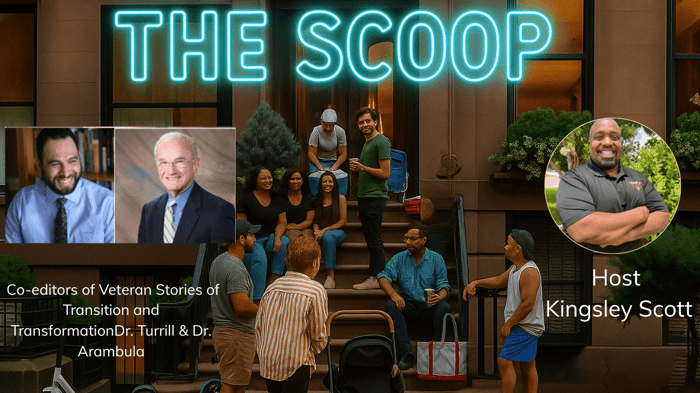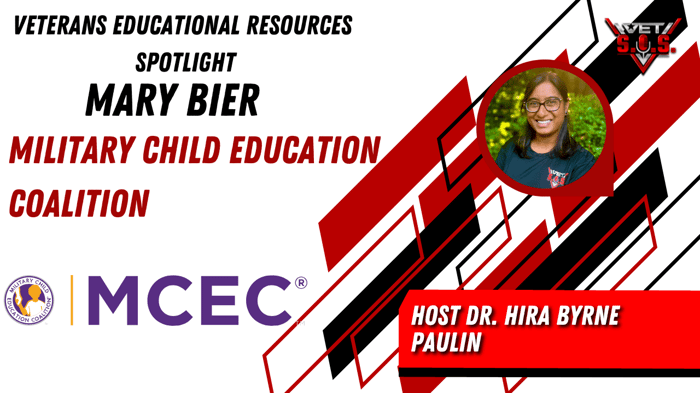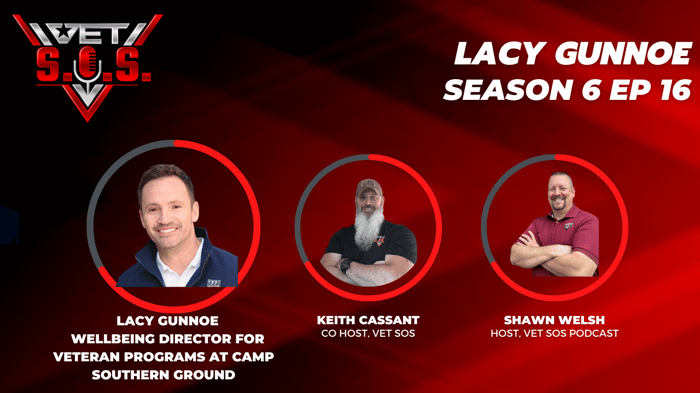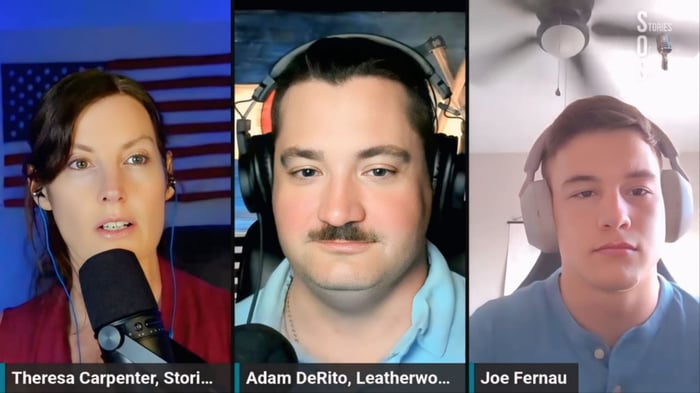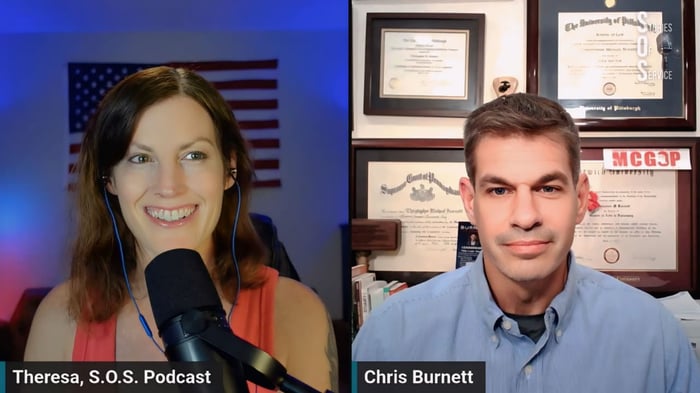Veteran Stories of Transition and Transformation: The Power of Storytelling
The journey from military service to civilian life is never simple. For many veterans, the path is filled with uncertainty, resilience, and rediscovering a new sense of purpose. One of the most powerful tools for navigating that journey is storytelling. In VET S.O.S. Presents The Scoop, host Kingsley Scott sat down with Dr. Robert Turrill and Dr. Eddie Arambula, the co-editors of Veteran Stories of Transition and Transformation. Their conversation revealed how storytelling not only preserves veteran experiences but also provides a pathway to healing, connection, and growth.
At its core, Veteran Stories of Transition and Transformation is a collection of 25 authentic narratives from service members who moved beyond the battlefield into civilian life. These stories, told in the veterans’ own voices, highlight courage, vulnerability, and the ongoing process of transformation. The book demonstrates that every veteran has a story worth sharing, and those stories can change lives—both for the writer and for the reader.
What Is Veteran Stories of Transition and Transformation?
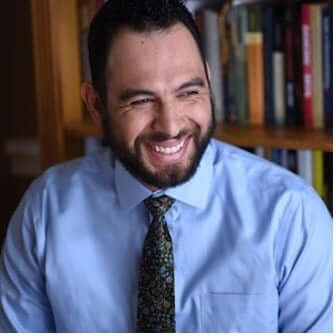 Dr. Eddie Arambula
Dr. Eddie ArambulaBoth editors believe strongly that storytelling is a vital part of healing. For many veterans, writing and reflecting on their journey uncovers hidden strength and provides a sense of closure. By publishing Veteran Stories of Transition and Transformation, they created a safe space for veterans to own their narratives and inspire others to do the same.
Storytelling as Healing
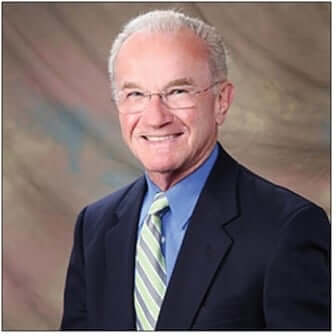 Dr. Robert Turrill
Dr. Robert Turrill
One of the strongest themes in Veteran Stories of Transition and Transformation is the healing power of storytelling. Veterans who contributed to the book faced self-doubt, vulnerability, and even fear as they began writing. Some worried that their experiences were not dramatic enough or lacked the recognition of medals and awards. Others hesitated to share personal struggles with the public.
Yet, as Dr. Turrill explained, the process of writing and owning one’s story was itself transformative. Veterans discovered that storytelling helped them confront challenges, process emotions, and find pride in their service. The act of writing provided healing, and publishing gave them the courage to stand tall in their truth.
Dr. Arambula noted that storytelling also bridges the military-civilian divide. Too often, veteran narratives are told by outsiders—journalists, academics, or commentators. Veteran Stories of Transition and Transformation restores ownership by allowing veterans to tell their stories in their own voices, dismantling stereotypes and presenting authentic perspectives.
Education and Transformation
The USC Master of Business for Veterans program played a crucial role in many of the stories included in Veteran Stories of Transition and Transformation. Education became more than a degree; it became a catalyst for transformation.
Dr. Turrill recounted how graduates of the program supported one another beyond the classroom, attending retirements, celebrating milestones, and maintaining bonds of brotherhood and sisterhood. These connections laid the foundation of trust that made the book possible. Veterans were willing to be vulnerable and authentic because they were surrounded by a supportive community.
For many participants, education provided clarity on leadership, personal growth, and professional goals. As they reflected on their military service, they also began to envision their civilian futures. Veteran Stories of Transition and Transformation showcases this dynamic—how learning and storytelling together create powerful change.
Pitfalls Veterans Face in Storytelling
In compiling Veteran Stories of Transition and Transformation, the editors identified three common pitfalls veterans face when telling their stories:
Self-Doubt – Believing their story lacks value compared to others.
Comparison – Measuring their experiences against more decorated veterans.
Fear of Vulnerability – Hesitation to reveal deeply personal challenges.
Through workshops, feedback, and encouragement, veterans overcame these barriers. The editors emphasized that every veteran story is unique and powerful. The book demonstrates that authenticity—not comparison—is what gives stories meaning.
The Dual Impact of Veteran Stories of Transition and Transformation
What makes this book remarkable is its dual impact. It does not just inspire readers; it also transforms the writers. As veterans drafted their stories, they discovered healing, catharsis, and renewed purpose. Many described the process as a release, allowing them to finally move forward.
Dr. Turrill described the reflections included in the book as equally important as the chapters themselves. These one-page reflections offered glimpses into how veterans processed their emotions during the writing journey. For readers, they provide raw authenticity and insight into the healing power of storytelling.
Storytelling as Suicide Prevention
One of the most important aspects of Veteran Stories of Transition and Transformation is its potential to save lives. Dr. Arambula emphasized that too many veterans are lost to suicide and that storytelling can be a form of intervention. By opening up about struggles, veterans reduce isolation and remind one another they are not alone.
Whether through journaling, podcasts, or casual conversations, veterans who tell their stories create spaces for connection and healing. Veteran Stories of Transition and Transformation demonstrates that even private storytelling—writing in a journal or sharing with a family member—can help veterans process their experiences.
Expanding the Movement
While the book focuses on graduates of USC’s MBV program, its message resonates far beyond one campus. Storytelling is universal. Veterans across the country can benefit from reflecting on their journeys, whether or not they publish them.
Currently, Veteran Stories of Transition and Transformation is available through Amazon, Barnes & Noble, and Pine Peak Press. Readers who purchase the book are not only gaining insight but also supporting a larger movement of veteran storytelling.
The editors encourage veterans to begin their storytelling journeys in whatever format feels comfortable—journaling, conversation, or creative writing. Every story adds to the collective voice of resilience, bridging the gap between military and civilian communities.
Key Lessons from Veteran Stories of Transition and Transformation
Authenticity matters more than accolades. Every veteran’s story is valuable.
Storytelling heals the writer as much as the reader. Sharing experiences creates catharsis and growth.
Community support is essential. Veterans thrive when they share within trusted groups.
Education fuels transformation. Programs like USC’s MBV program provide structure and connection for growth.
Your story matters. Whether public or private, storytelling is a powerful tool for veterans.
A Call to Veterans
As Kingsley Scott closed the episode, he reminded veterans: “You do not have to drown in the sea of transition. Grab that VET S.O.S. lifeline.”
Veteran Stories of Transition and Transformation is proof that storytelling provides that lifeline. Every veteran has a story, and telling it is not just an act of remembrance—it is an act of healing. For veterans searching for purpose, clarity, or connection, storytelling can be the key to transformation.
The stories in this book remind us that veterans are more than their service; they are leaders, parents, innovators, and community builders. Their voices deserve to be heard.
